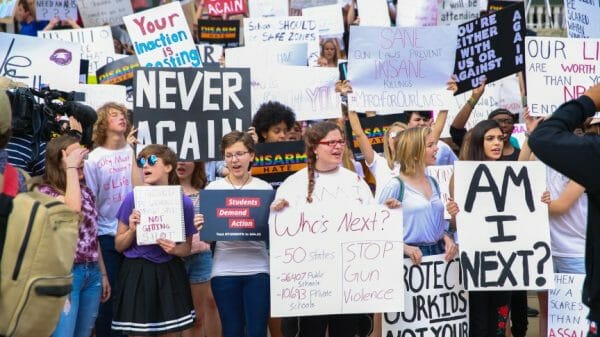Over centuries and centuries, race and class have always been a dilemma in the United States.
The ideology of race and class has always mattered in social classes, especially higher income classes. Although, these two are very similar yet separate issues have been tied together forever. Class is, technically, the matter of higher income levels, generational wealth, gender, and race. In addition, it still lacks the safe space to keep racism out. Most Americans have successfully met economically the so-called “American Dream”.
Americans make up the technically largest ethnic minority in the world. African Americans make up the largest racial group. Asian Americans are the smallest racial group with Hispanics in the middle. Although, Asian Americans and Caucasians are the richest communities. Ideological facts state that class and race are the biggest problems in the United States (even the world) which will be addressed in four categories: Origins of Race and Class, How Race and classes impact race and classism stating how minorities are impacted in the current and result to get advanced socially.
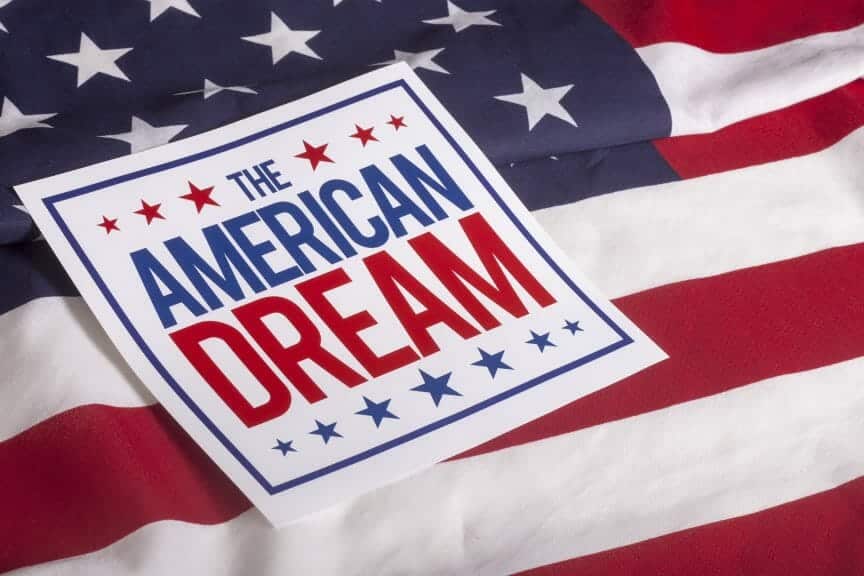
Origin of Race and Class
Race and Class are terms that are based on systemic structural inequalities that have shaped the world, especially the United States. Both concepts have very different biases which affect groups of individuals in unequal distributions such as employment opportunities, education, health care, housing, and society. In most instances, individuals are only seen by their race and class in society throughout their life. To clarify, class is a socially structured way to put individuals in certain categories based on their gender, education, race, and wealth. In addition, certain gender traditional ways play a part in separating women and men in the class.
Race can be determined from the start of ideologies that were used for colonialism, slavery, Annihilated of non-European individuals (non-white), and Nazi genocide area(towards Jews). This issue is only brought about through awareness in each minority group in understanding bias on racial, ethnic, and class barriers. This could be viewed as a classist society norm that connects how the class works. Race also plays a part in gender discrimination that could happen within a class. Furthermore, this is broken down into being minorities. Minorities are different individuals based on their ethics, language, culture, socioeconomic status, and circumstances who came from immigrants, slaves, or refugees.
The impact of race and classism on minorities currently
Race barriers very much still exist in the 21st century. The thin line which is considered the color line is much more visual evidence of how it has a huge impact on education and employment. The term “white-passing” is a result of advanced social class and race. For example, since the 20th century, women in the African American community were able to pass for white and get married to be able to put themselves in the upper class. In addition, black men were able to do this as well to get better options in the social aspect for education, employment, and fit in the better class (upper wealthy class). It still affects the society today in minorities who see that as a way for the better.
To clarify, minorities during the 19th and 20th centuries, felt the need to fit into society due to racism affecting how they lived. The race was officially dated back to the 16th century or before. It wasn’t until the 19th and 20th centuries that it became a huge issue that was known to hurt society. Race can be determined as an idea of human differences as a social invention. The race was created as a social invention to separate due to the superiority of one race which was the Europeans (white race). Class also is a social invention created based on race’s generational wealth and color.
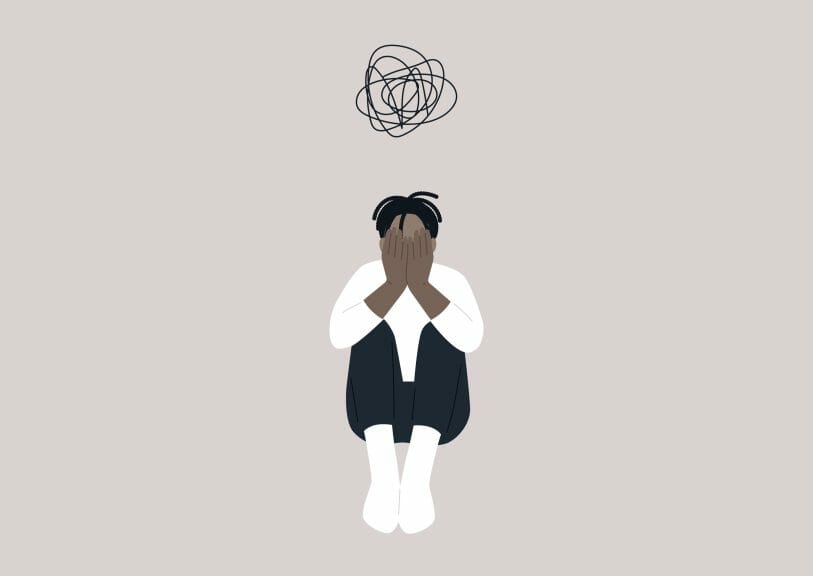
Photo via Nadia Snopek(Shuttershock)
Minorities in the social class aspect due to discrimination and sexism. Poverty is also a huge factor due to class in minorities. Socioeconomic realities have especially deprived minorities of valuable resources that their white peers have. In addition, mental health is a huge factor based on how both race and class affect minorities. Minorities have to struggle with discrimination and harassment (prejudice) on a daily, especially lower-class people. Lower-class minorities are more likely to suffer from depression due to lack of wealth and race. Latinx minorities along with African Americans are the most minorities to suffer from mental health due to the demands of social discrimination caused by centuries of differences due to racism and class.
Furthermore, factors of race and class impact society yet play a huge result in how minorities are affected mentally. Society has implied that minorities struggle more based on what class they are in. Most minorities are in the lower middle class or poor class in society due to how society has treated them. The class has affected how minorities are in education and the workforce. They are treated very differently because most don’t have generational wealth or know their background.
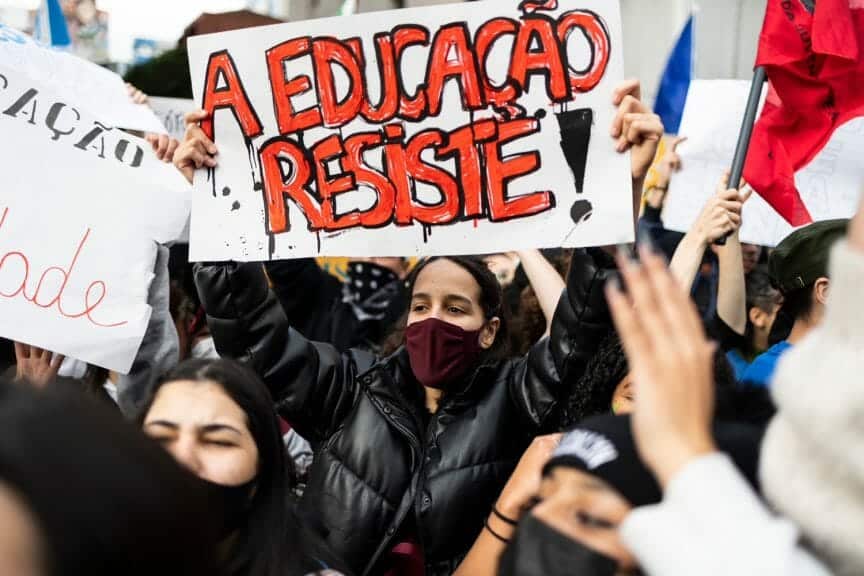
Education and Gentrification
Gentrification is a way the society moves out of poor urban areas that consist mainly of minorities. The poor urban areas would be moved out for wealthy classes (mainly Caucasians) ties to how minorities are affected in employment. Employment is heavily affected by class and race. For many years, minority health was considered a unitary event, while references were made to “minorities,” often the data presented were only for blacks. Moreover, frequently, assumptions were findings toward the African-American community only. The United States kept this true, once again through the use of action with race and ethnicity. However, the mediating factors between race/ethnicity and social class, and health status are not well understood. This also ties into education as education is separate in a great division, slowly diversifying as years come.
Education has been around since the beginning of time yet people still are limited to what they are only allowed to know based on class or race. The system of education in the United States has struggled for years, especially in the 1960s and 1970s. With all of the changes in the world with more equality, the school system hasn’t been moving along with time. There is a big education gap based on the location and community surrounding the school. The kids are the future of the world and don’t have the choice of their skin or social class to be in better schools. Teachers can make it harder for students based on their race which adds another challenge. Even if the minority is an upper class like the rest they will still get treated differently. Minorities were very limited and given fewer opportunities (funding) than the Caucasian community.

Most of the funding goes to bigger schools than small schools keeping that dynamic the same. It’s been over 50 years and little change has been done. That affects the quality of education being provided to the students. With the lack of funding for schools (mainly minorities), they aren’t able to get the best education. The school isn’t able to have up-to-date technology or programs to help students.
In Caucasian communities, schools have more classes that offer students the ability to do or see what they like. They are not bound to a few choices; there is a variety of choices with people and materials to help. The opposite of a small school of minorities. Some of the schools may offer extra classes, but the lack of funding makes it difficult. Programs get lost unless the community helps, books are old, equipment needs to be replaced, and renovations take longer. The quality of education should be the same across the board no matter the race or class.
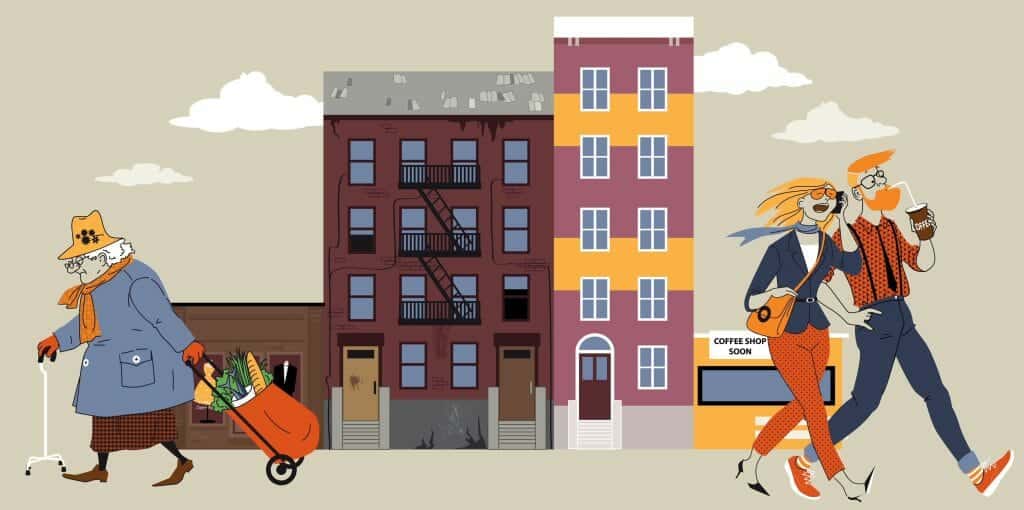
Photo via Aleutie (Shuttershock)
Ending result
Even though race and social class have changed, it hasn’t made a very huge impact on the country. Economics such as employment, housing, etc is racial discrimination against minorities. Most Americans have considered that vastly that racism (discrimination) has disappeared. From experience to the perspective of minorities who strongly experienced the consequences of discrimination, class highly influenced the age of “passing”.
Both ideologies within race and class affect how society in the United States stems and the issues it affects by minorities are denied housing or funding based on ethnicity. Society is very much in favor of who has more background, race, and money. circumstances who came from immigrants, slaves, or refugees. The idea of race is a matter of both biological and sociological on a cultural basis. Regardless of the structure of race and class, the United States has had a struggle with the power of how class and race impact minorities, especially in education.












